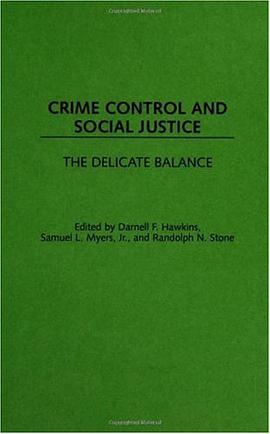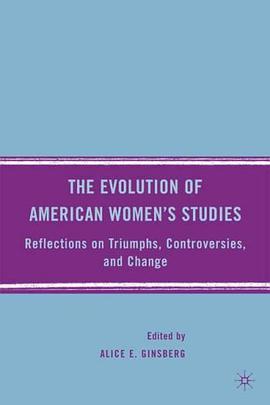

The study of American institutional confinement, its presumed successes, failures, and controversies, is incomplete without examining the remnants of relevant sites no longer standing. Asking what archaeological perspectives add to the understanding of such a provocative topic, Eleanor Conlin Casella describes multiple sites and identifies three distinct categories of confinement: places for punishment, for asylum, and for exile. Her discussion encompasses the multifunctional shelters of the colonial era, Civil War prison camps, Japanese-American relocation centers, and the maximum-security detention facilities of the twenty-firstcentury. Her analysis of the material world of confinement takes into account architecture and landscape, food, medicinal resources, clothing, recreation, human remains, and personal goods. Casella exposes the diversity of power relations that structure many of America's confinement institutions. Weaving together themes of punishment, involuntary labor, personal dignity, and social identity, "The Archaeology of Institutional Confinement "tells a profound story of endurance in one slice of society. It will illuminate and change contemporary notions of gender, race, class, infirmity, deviance, and antisocial behavior.
具體描述
讀後感
評分
評分
評分
評分
用戶評價
相關圖書
本站所有內容均為互聯網搜索引擎提供的公開搜索信息,本站不存儲任何數據與內容,任何內容與數據均與本站無關,如有需要請聯繫相關搜索引擎包括但不限於百度,google,bing,sogou 等
© 2025 qciss.net All Rights Reserved. 小哈圖書下載中心 版权所有




















